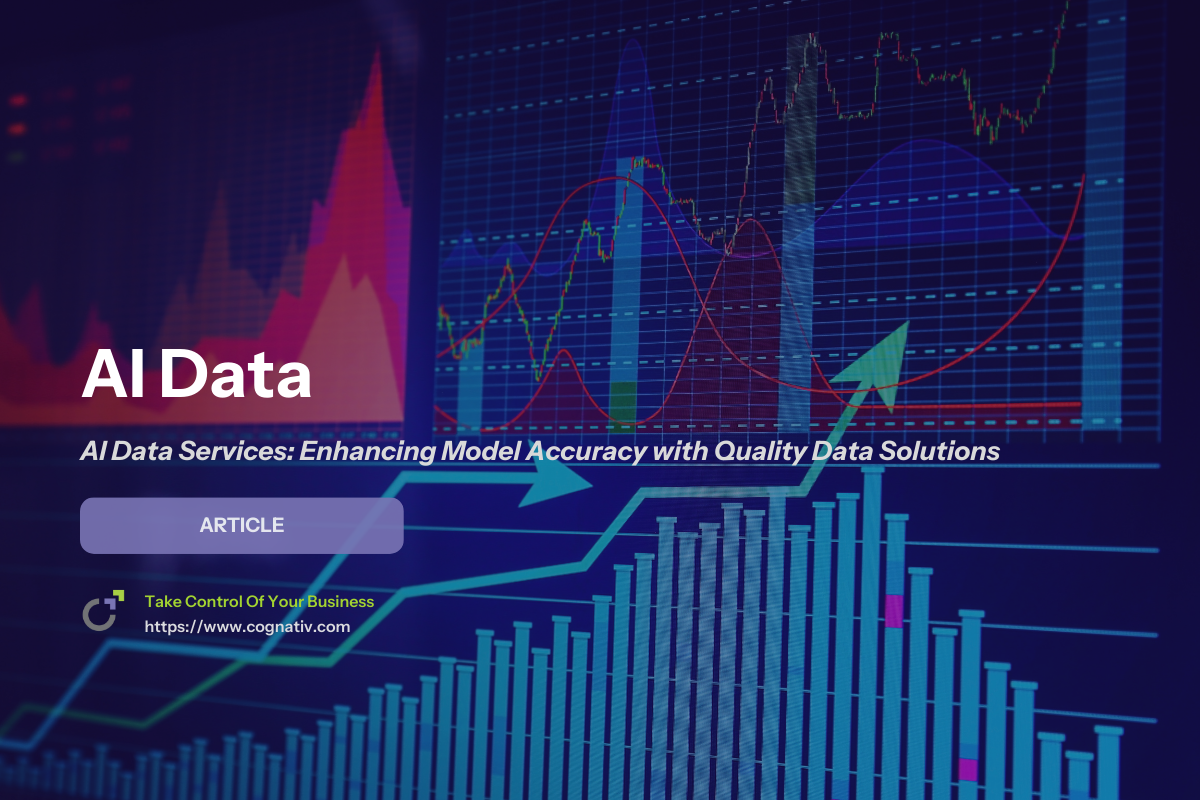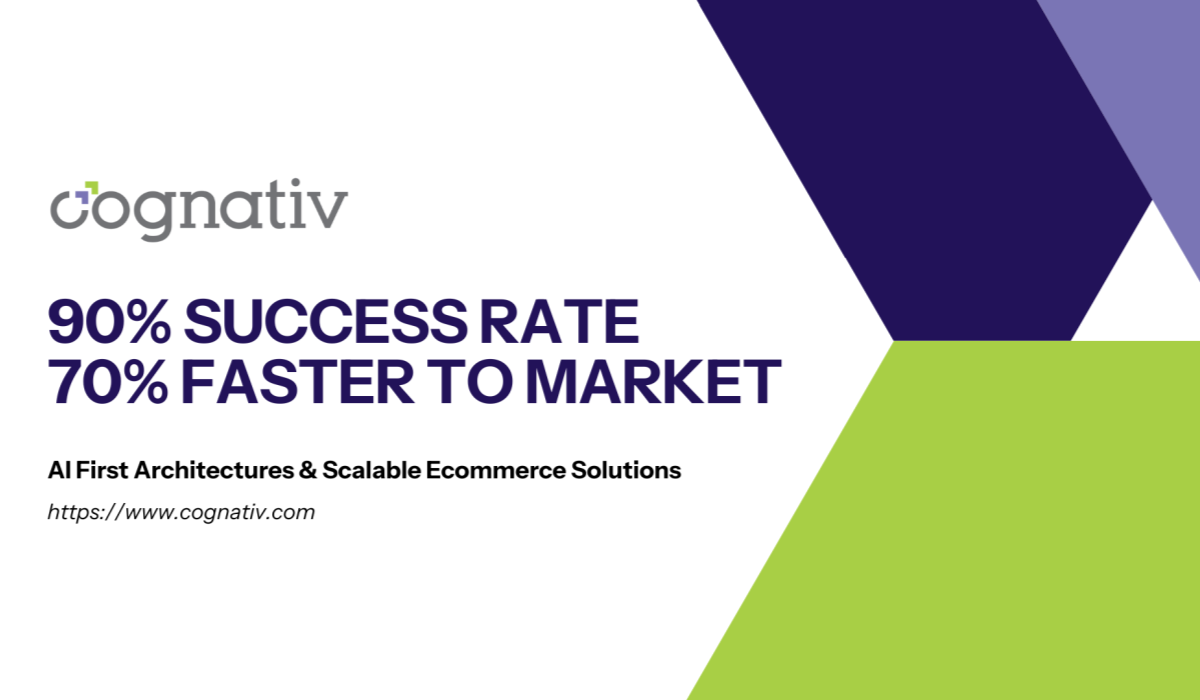AI Data Services: Enhancing Model Accuracy with Quality Data Solutions
Artificial intelligence development succeeds or fails on data. AI data services provide the high-quality data solutions your ai models need to achieve reliable model accuracy, safer behavior, and measurable business outcomes. From data collection and data annotation to data validation and ongoing evaluation, these data services transform raw data into training assets for image classification, object detection, sentiment analysis, and more. They also power generative AI, large language models, and domain ai applications by supplying curated, bias-checked corpora—at the right scale, with the right contextual understanding.
Well-run ai data solutions pair people, process, and platforms: annotators and reviewers, annotation guidelines and quality control, plus tooling for audit trails, privacy, and throughput. The result is high-quality AI training data that shortens iteration cycles, lifts accuracy, and reduces downstream rework.

1) AI Data Services—What They Are and Why They Matter
Great models are engineered, not lucked into. AI data services orchestrate the end-to-end data lifecycle so training sets are representative, balanced, and policy-compliant. That means sourcing relevant data, enforcing labeling standards, running multi-stage checks, and feeding human feedback back into the pipeline.
A rigorous data program pays off everywhere: fewer label errors, faster convergence, higher offline metrics that translate into online impact. Just as important, it protects sensitive information and aligns with responsible AI principles—so you earn trust while improving predictions.
What are AI Data Services?
These are managed capabilities—often a blend of in-house processes and specialist vendors—that deliver AI training data and ongoing data analytics for your ai systems. Expect: curated datasets, data labelling/data annotation, data validation, bias checks, red-team prompts, and human-in-the-loop review. Done well, they reduce “time wrangling data” and increase time shipping features.

2) Data Collection & Preparation (From Raw Signals to Training Sets)
Data operations turn messy reality into model-ready fuel. The objective is simple: deliver high-quality data that captures edge cases, respects privacy, and reflects production use.
Data Collection Strategies & Raw Data Sourcing
Your data collection plan should map systems of record, event streams, and third-party sources. Blend logs, forms, transcripts, images, and sensor streams so your dataset mirrors production. For autonomous vehicles you’ll mix camera/LiDAR runs across weather, geographies, and times of day; for virtual assistants you’ll capture multi-turn dialogs, accents, and domain slang. Always document data needs and coverage targets up front.
Data Annotation, Data Labelling & Contextual Understanding
Labels are where accuracy is won or lost. Write task-specific guidelines, define edge-case rules, and train annotators with gold examples. For computer vision, specify bounding boxes, polygons, keypoints, and occlusion rules; for text, define entity recognition, intent, sentiment analysis, and toxicity scales. Use layered review (peer + expert) and adjudication to keep consistency high. When stakes are high, consider expert annotators (e.g., clinical coders) and tailored datasets for long-tail phenomena.

3) Natural Language Processing Data Services (Language, Culture, and Context)
Language is not just words; it’s norms, sarcasm, and cultural nuances. Natural language processing data work ensures your models understand the messy reality of natural language across multiple languages and domains.
Building NLP Corpora: Entity Recognition, Sentiment & Multilingual Data
NLP datasets should include balanced topic coverage, dialects, code-switching, and domain jargon. For search relevance, collect query–result judgments and hard negatives; for support copilots, include redacted transcripts with intents, entities, and resolution codes. To protect privacy, tokenize PII and maintain consent logs. Quality here directly influences classification F1, ranking NDCG, and conversation success rates.
LLM & Generative AI Training Data for Large Language Models
Generative AI models and large language models require carefully filtered corpora: high-signal documents, de-duplication, toxicity filters, and safety taxonomies. Add instruction data, domain exemplars, and chain-of-thought artifacts (where allowed) for better reasoning. For domain tuning and fine-tuning, create compact, high-quality instruction sets plus evaluation suites that mirror production asks.

4) Responsible AI, Human Feedback & Quality Control (Trust by Design)
Sustainable accuracy requires governance. This pillar combines data validation, quality control, risk checks, and human feedback so your ai training remains aligned with policy and performance targets.
Data Validation & Quality Control for Model Accuracy
Validation includes schema checks, label audits, inter-annotator agreement (IAA), and drift detection. Use gold sets and spot reviews to catch regressions. Run statistical tests for class balance and leakage; audit sampling so negatives are truly negatives. These quality control gates keep model accuracy high and prevent silent failures.
Human Feedback, Human-in-the-Loop Evaluation & Red Teaming
Humans close the loop. Collect agent/editor ratings, side-by-side preferences, and structured error codes; route ambiguous cases back to annotation with rationale. In safety-critical contexts, add red teaming prompts and adversarial examples, then harden filters and guardrails. This continuous evaluation turns human feedback into a steady accuracy lift.
Governance, Sensitive Information & Data Security
Responsible pipelines minimize exposure. Enforce least-privilege access, redact sensitive information, and separate training from serving environments. Track lineage from source to label to model, and align with your regulatory posture. This is how responsible AI becomes operational, not aspirational.

5) Data Analytics, AI Applications & FAQs (From Insight to Impact)
Clean data is necessary, not sufficient. You also need data analytics that connects dataset quality to business outcomes, plus applied ai applications that demonstrate value in real workflows.
Data Analytics & Insights for Business Outcomes
Instrument everything: acceptance rates, cost per labeled unit, defect types, and their downstream impact on precision/recall and revenue/cost KPIs. Tie dataset changes to wins (e.g., fewer false positives, shorter handle time). This closes the loop between ai data investments and financial returns.
AI Applications & Industry Use Cases
Across sectors, ai applications transform work:
Healthcare & finance: Document understanding, risk triage, anomaly detection—where data validation and accuracy are non-negotiable.
Retail & marketing: Personalization, offer ranking, creative generation; data analytics links experiments to lift.
Autonomous vehicles: Perception stacks fed by richly labeled images and edge cases.
Virtual assistants: Multilingual NLP tuned for policy-aware replies and escalation.
Each use case rises or falls with the ai training data pipeline that feeds it.
FAQ — What are AI data services?
AI data services are managed capabilities that source, label, validate, and govern training data so AI models learn accurately and safely. They include data collection, data annotation, data validation, bias checks, and human-in-the-loop evaluation—everything required to turn ai data into production-grade outcomes.
How much data do I need to train an AI model?
Enough to represent your real users, edge cases, and classes at the right balance—quality beats raw volume. Start with a baseline set and expand strategically where errors cluster (long-tail intents, rare defects), using analytics to prove each addition improves model accuracy and business outcomes.
How do you mitigate bias in AI training data?
Design for fairness from the start: define sensitive attributes, balance sampling, audit labels, and test outcomes across cohorts. Combine diverse annotator pools, quality control reviews, debiasing strategies, and continuous evaluation to keep models equitable.
What’s the difference between data annotation and data labeling?
“Data labeling” often refers to assigning tags (class, entity, box), while “data annotation” covers the broader process—guidelines, tooling, review, and adjudication. In practice, teams use both terms; what matters is a documented pipeline that yields high-quality AI training assets.
How do AI data services support generative AI and LLMs?
They curate, filter, and align corpora for instruction-following and safety, then build evaluation sets that mirror production asks. For generative AI/LLMs, that means high-signal texts, de-duplication, toxicity filtering, and domain fine-tuning data—plus preference and red-team feedback loops.
Practical Checklist (copy/paste into your tracker)
Define ai training data needs: tasks, metrics, sensitive attributes, and coverage goals.
Map sources and consent; write redaction and data security rules.
Draft labeling guidelines with gold examples and IAA targets.
Choose tooling and set quality control gates (schema, bias, drift).
Plan human feedback routes and error taxonomies.
Instrument data analytics linking dataset changes to business outcomes.
Schedule refreshes; publish lineage and audit evidence.
Future Directions (what’s next for AI data services)
The next wave blends automation with oversight: self-labeling helpers, active learning to target the most relevant data, and reinforcement learning from structured feedback. Expect heavier use of synthetic data to fill rare scenarios, tighter privacy tooling, and richer multilingual corpora. The goal stays the same—accurate, explainable models that deliver value—while the pipelines that create high-quality AI data get faster, safer, and more transparent.

Summary (why this matters to your roadmap)
If your models are plateauing, your data is likely the bottleneck. Investing in ai data services—from data collection through evaluation—improves accuracy, reduces incidents, and accelerates delivery. With a responsible pipeline, ai training becomes predictable, ai applications become trustworthy, and business outcomes compound.
Need a starting point? Share your top two use cases and current datasets. I’ll outline a focused data plan—collection, data annotation, data validation, and human-in-the-loop checks—plus a metrics framework that proves impact in weeks, not quarters.


